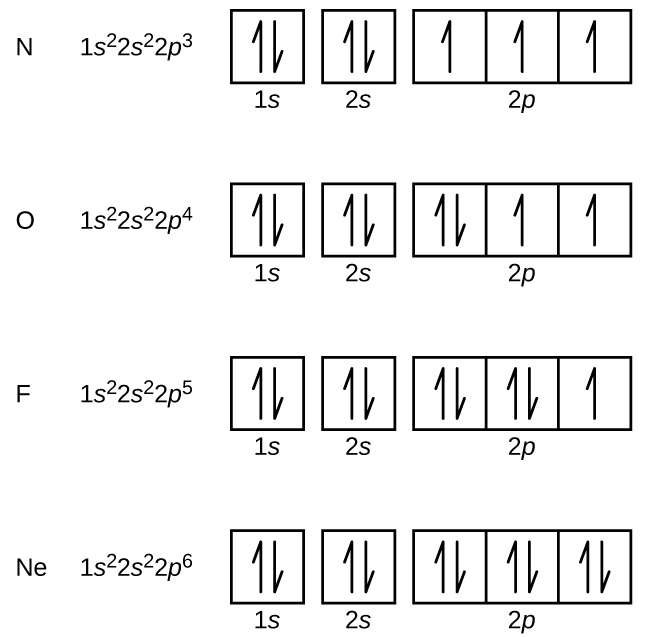

The 2s orbital combines with two of the three 2p orbitals available in sp2 hybridization, yielding a total of three sp2 orbitals and one p-orbital. The carbon in this case is hybridised by sp2. In ethene, a double bond exists between the carbon atoms (C2H4). These orbitals are aimed at the four hydrogen atoms at the vertices of a typical tetrahedron. One s-orbital and three p-orbitals on the carbon atom, for example, form a set of sp3 orbitals in methane, which has the chemical formula CH4.

The atomic orbitals that contribute to hybridization are known as hybrid orbitals. Hybridised orbitals are useful in characterising the form of molecular orbitals, in addition to being an important aspect of valence bond theory. The process of combining atomic orbitals to create new hybrid orbitals suitable for representing bonding qualities is known as hybridization. Read More About: Versatile Nature of Carbon Hybridization of Carbon Many of the compounds it forms are affected by its tetravalent nature (4 valency of carbon). As a result, the valency of carbon is = 4, and thus "Carbon is Tetravalent."Ĭarbon cannot give or receive electrons it can only share them. Because the electron is shared and the number of electrons shared is four. As a result, carbon atoms share their four electrons with other atoms. Why is the Valency of Carbon 4?Ĭarbon has a valency of four because it has four electrons in its outermost shell and thus requires four more electrons to complete its octet configuration.Ĭarbon electronic configuration = 2, 4 = 1s2 2s2 2p2 = 2s2 2p2īecause the outermost cells have four electrons, the carbon atom cannot lose or gain four electrons because it requires a large amount of energy. Let's look at how carbon's tetravalent nature affects carbon compounds. Organic compounds are defined as compounds that contain covalently bonded carbon atoms in their molecules and can exist in solid, liquid, or gaseous states.

Carbon's important properties are as follows: The exterior electronic configuration of a carbon is 2S2 and 2P2.Ĭarbon has established its importance among the other elements due to its unique properties. To achieve the noble gas configuration, carbon forms four covalent bonds and shares its valence electrons.

In this situation, carbon has a valence of four because it contains four valence electrons. What is the valency of Carbon?Īn element's valency describes how well it can combine with other atoms to form chemical compounds or molecules. These carbon chains could be straight, branched, or in the form of rings. Carbon can also form compounds with double and triple bonds between carbon atoms. Carbon is a versatile element that can form covalent bonds with other elements such as hydrogen, sulphur, oxygen, chlorine, and nitrogen. Thus, carbon's tetravalency refers to its ability to bond with four other carbon atoms from other elements. Valency can be defined as the element's combining power when it forms other chemical molecules or compounds. One atom of carbon can form four covalent bonds as the carbon has a valency of four.


 0 kommentar(er)
0 kommentar(er)
